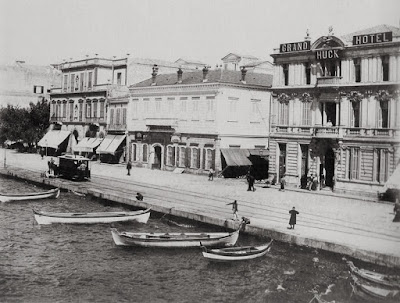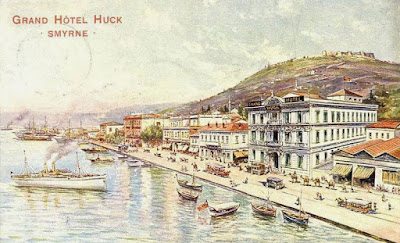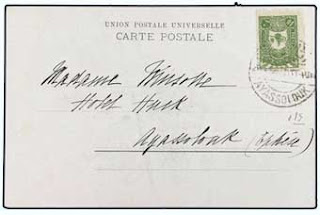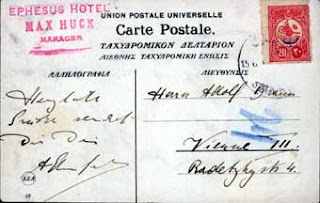 Dame Zaha Mohammad Hadid, DBE (Arabic: زها حديد Zahā Ḥadīd; 31 October 1950 – 31 March 2016) was an Iraqi-born British architect. She became the first woman to receive the Pritzker Architecture Prize (2004). She received the Stirling Prize in 2010 and 2011. In 2012, she was created a Dame Commander of the Order of the British Empire and in 2015 she became the first woman to be awarded the RIBA Gold Medal in her own right. Hadid's buildings are distinctively neo-futuristic, characterised by curving forms with "multiple perspective points and fragmented geometry to evoke the chaos of modern life". On 31 March 2016, Hadid died of a heart attack in a Miami hospital, where she was being treated for bronchitis.
Dame Zaha Mohammad Hadid, DBE (Arabic: زها حديد Zahā Ḥadīd; 31 October 1950 – 31 March 2016) was an Iraqi-born British architect. She became the first woman to receive the Pritzker Architecture Prize (2004). She received the Stirling Prize in 2010 and 2011. In 2012, she was created a Dame Commander of the Order of the British Empire and in 2015 she became the first woman to be awarded the RIBA Gold Medal in her own right. Hadid's buildings are distinctively neo-futuristic, characterised by curving forms with "multiple perspective points and fragmented geometry to evoke the chaos of modern life". On 31 March 2016, Hadid died of a heart attack in a Miami hospital, where she was being treated for bronchitis. 
Mavi Boncuk |
Here is a small tribute to her work in Turkey. So far none was realized.
Istanbul International Control Tower Competition Entry
The project begins by tying together the basic infrastructural and urban context of the surrounding site. Lateral lines stitch together the major road connections emerging from Kartal in the west and Pendik in the east.Design competition to determine control tower of Istanbul’s new airport
Zaha Hadid's design was inspired by whirling dervishes.
"We are developing a unique project that inspires from local architecture. We launched this competition as we aim that the air traffic control tower to contribute a lot to Istanbul's new airport symbolically. We specifically asked participating firms to be inspired from Turkey's symbols. We evaluate the projects and will soon share the result," CEO of IGA consortium Yusuf Akçayoğlu said.
The Kartal - Pendik Masterplan is a winning competition proposal for a new city centre on the east bank of Istanbul.
It is the redevelopment of an abandoned industrial site into a new sub-centre of Istanbul, complete with a central business district, high-end residential development, cultural facilities such as concert halls, museums, and theatres, and leisure programs including a marina and tourist hotels.
The site lies at the confluence of several important infrastructural links, including the major highway connecting Istanbul to Europe and Asia, the coastal highway, sea bus terminals, and heavy and light rail links to the greater metropolitan area.
 2020 Expo Entry
2020 Expo EntryIzmir has designated a 276-hectare area at inciraltı as the fairgrounds. one of europe’s largest urban recreational areas will be built here and an oasis created to serve the residents when the EXPO is over. next november, delegates from around the world will vote in paris at the bureau international des expositions (BIE) general assembly to decide where the 2020 EXPO will be and anglo-iraqi architect zaha hadid wa scheduled to make the presentation in person. Her firm designed a breathtaking lagoon setting in which the sky, sea and land come together to enhance the local environment and to ensure that the EXPO leaves izmir and the sea around the site cleaner than before. five official bidders make a final push to win EXPO 2020 bid: izmir (turkey), dubai (UAE), sao paulo (brazil), ayutthaya (thailand) and yekaterinburg (russia). izmir previously bid to host EXPO 2015 and narrowly lost to milan. if dubai or izmir win, it will be the first middle eastern expo. izmir was selected over ankara by turkey’s federal government.




































